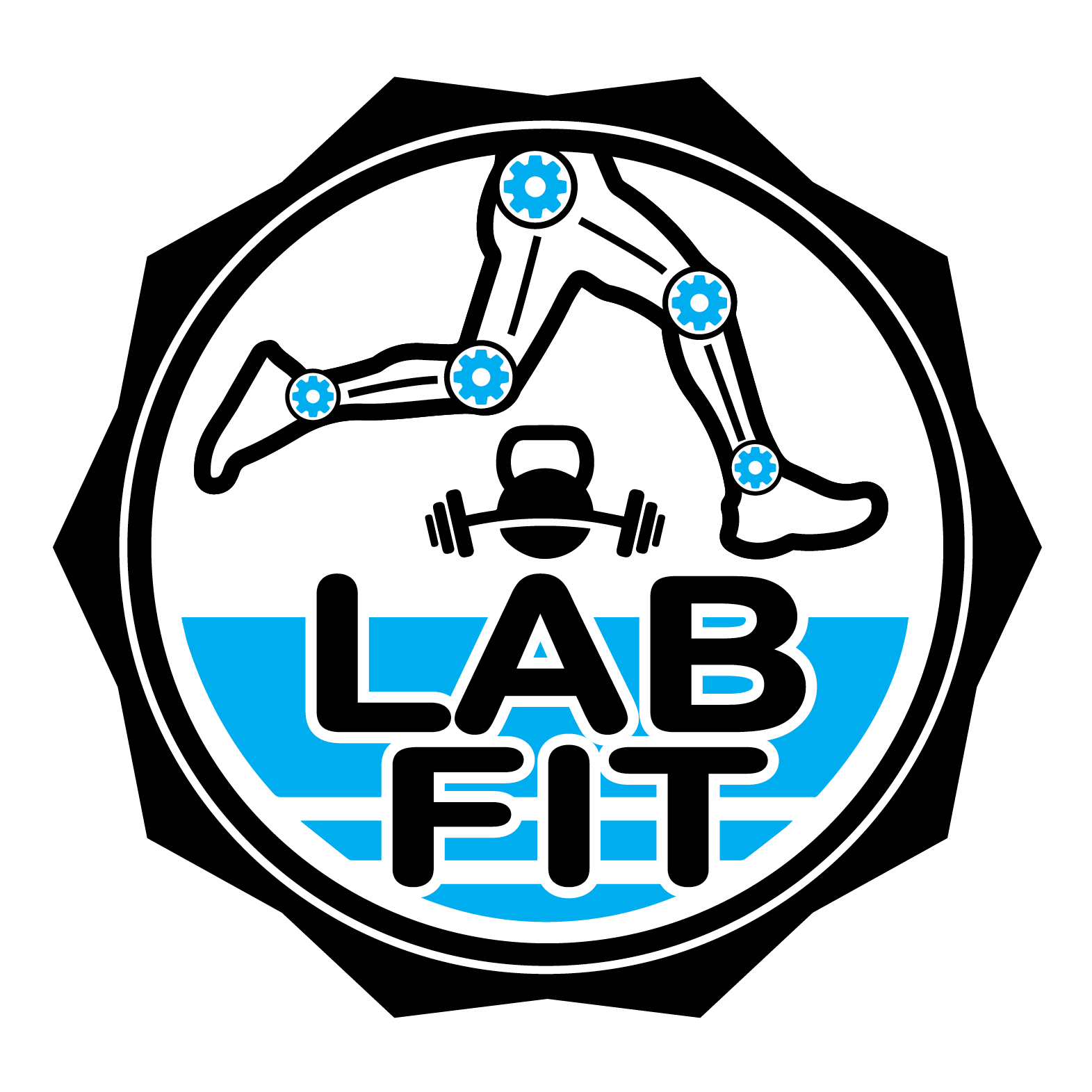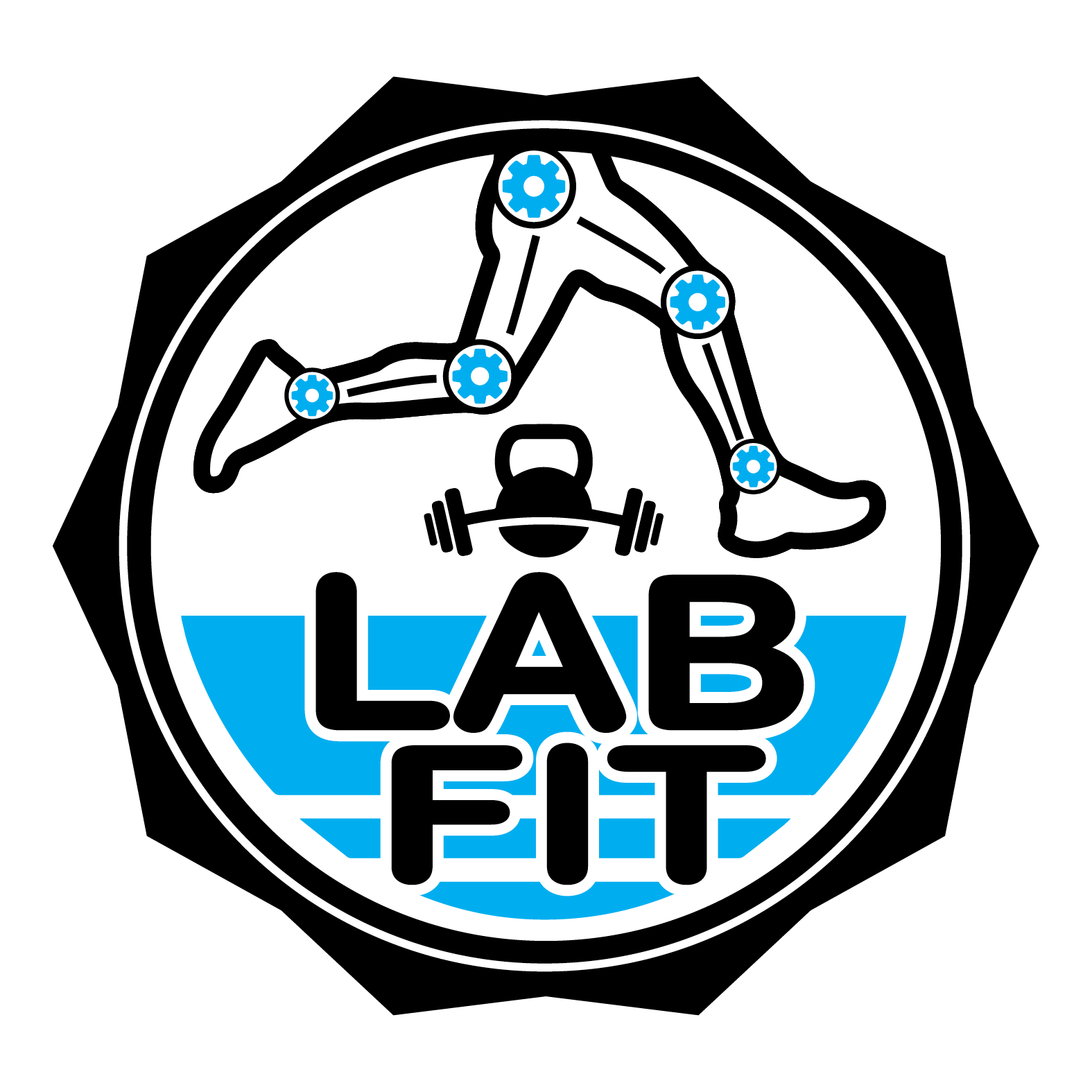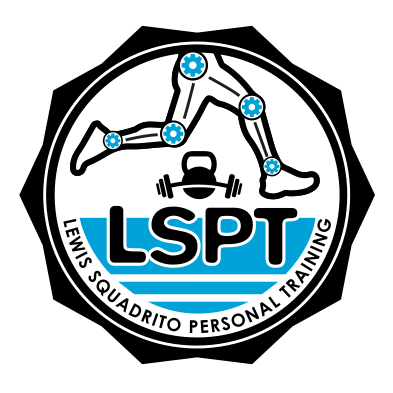What is running economy?
Running economy is a “catch all” term that is often overused and misunderstood. Most runners focus on V02, lactate threshold, how big their engine is, how many miles or k’s they run in a week. These are the “easy to digest” training factors. Very linear, easy to measure, easy to understand and simple to program. However, most runners would find far more success if they focused more on understanding and improving running economy.
So what in the world is running economy? How does it work? How do you improve it? These are the questions we will dissect through this article, as well as several articles to follow.
Running economy is an umbrella term that is broken down into three major components. These components are metabolic, neural and biomechanical.
For a runner to improve and see the most bang for their buck, they must understand all three efficiencies. Identify their weakest and most underdeveloped one and train it. Most runners and coaches do not consider or understand this multi factor model of running economy. This leads to frustration and plateau. It is common for a runner to become more efficient in one of the three efficiencies (usually metabolic), but have total running economy be negatively affected due to a significant decline of one or both of the other factors.
For example a runner might up their K’s, introduce doubles or increase their workout frequency, while on a quest to increase metabolic efficiency but in the process ignore mechanics, coordination skills and neurological demands. Thus they become “fitter” but their overall economy drops and they see a decline in performance. In spite of training harder and longer than before.
How is running economy measured?
A runners economy is measured through how much oxygen is needed to run a given distance over a given time at a specific pace. How much oxygen the body utilizes comes down to the combination of all three factors. Metabolic efficiency, neural efficiency and mechanical efficiency.
Being measured through oxygen consumption alone has many limiting factors and does not consider many important factors such as C02 tolerance, genetics, respiratory mechanics, stress, neural fatigue, skill acquisition and age. While the testing parameters are extremely limited. This multi factorial approach to improving overall economy is correct.
Biomechanical efficiency
Biomechanical efficiency refers to the mechanical cost of running. How well does the runner leverage physics, ground reactive force and their bodies natural slings and springs? How much energy are they wasting through energy leaks in their gait patterns? How stable is their body when they hit the ground?
Training biomechanical efficiency reduces your rate of fatigue as each step taxes your system less. Mechanical training aims to teach you how to reduce your contact time with the ground and increase force production.
Neural efficiency
Neural efficiency refers to how well the nervous system can communicate with the working muscles; how well can the athlete coordinate their body and limbs through space.
Metabolic efficiency
Where mechanical efficiency aims to reduce your buildup of fatigue, metabolic efficiency refers to how well your body can clear out and process built up fatigue. Metabolic efficiency includes all factors that impact energy production and fatigue clearance. This includes fueling, and fuel sources. Oxygen delivery and lactate dynamics.
Metabolic efficiency is typically the most developed out of all the efficiency’s as it has the most extensive scientific studies, books and research backing it. It is the simplest way for a coach to program and design workouts for.


